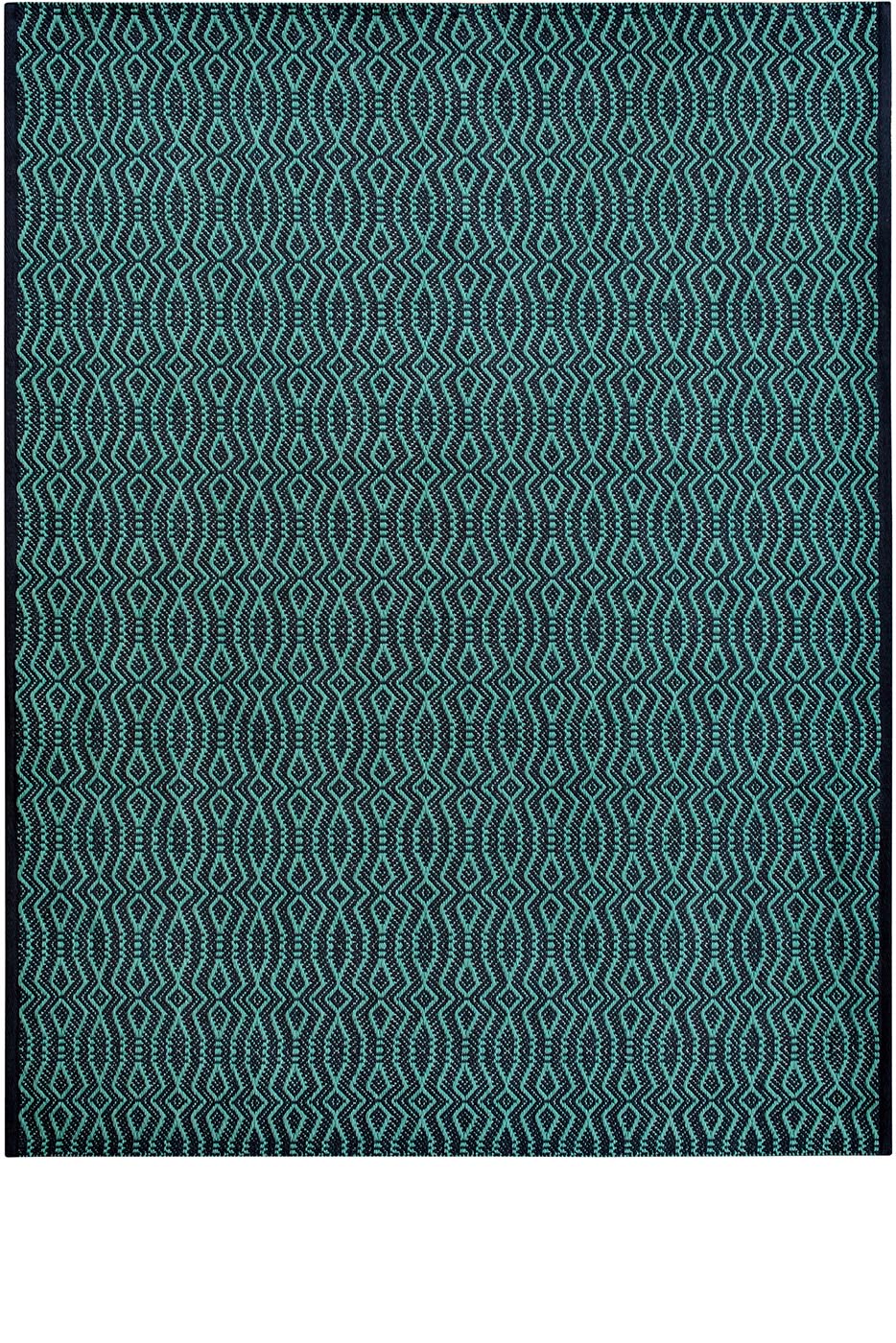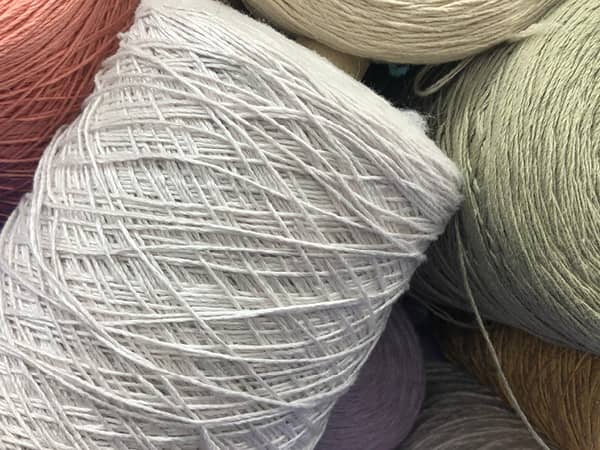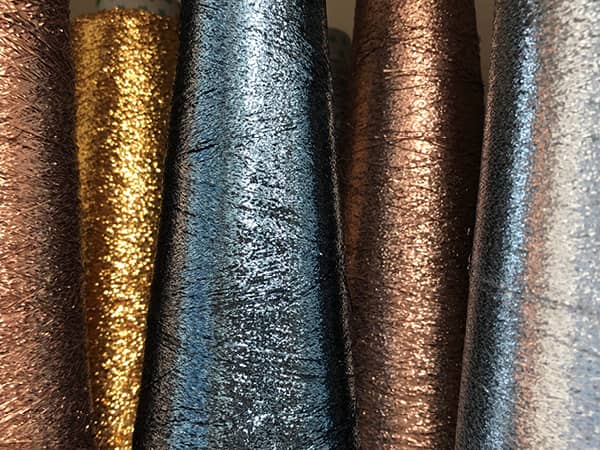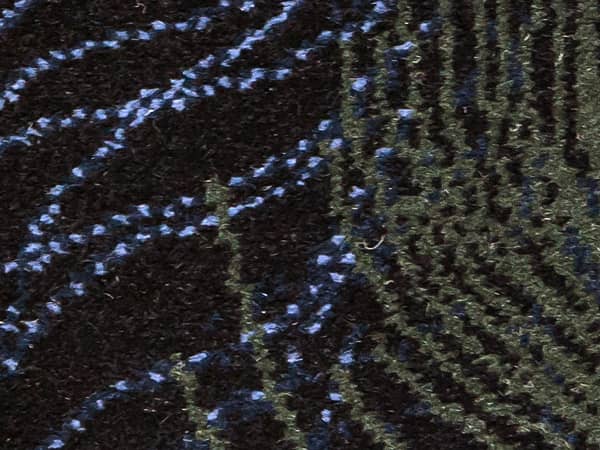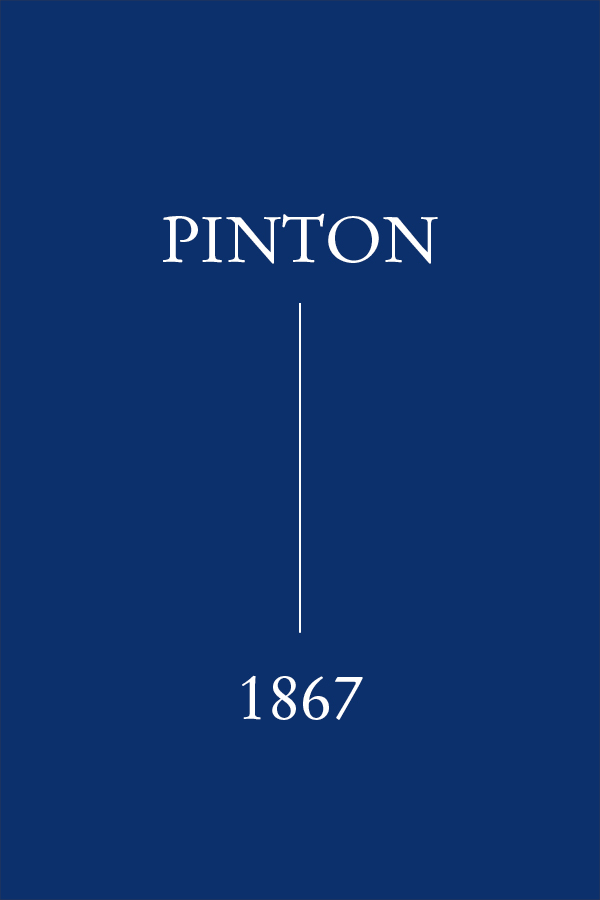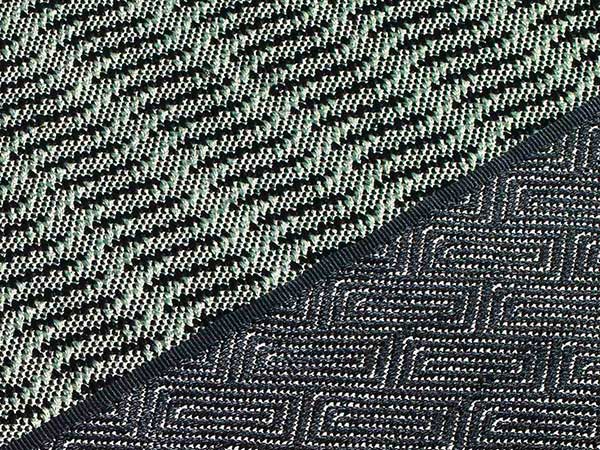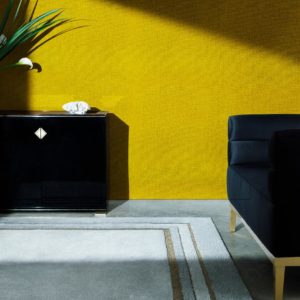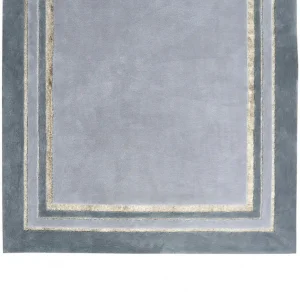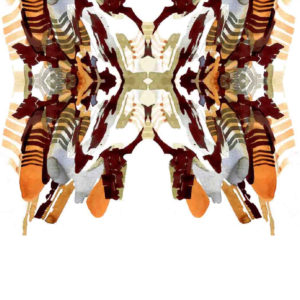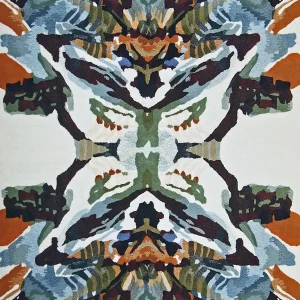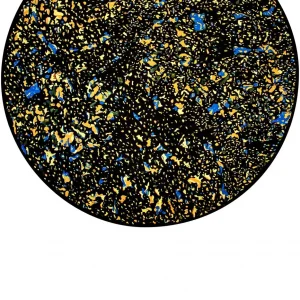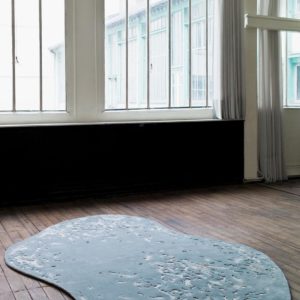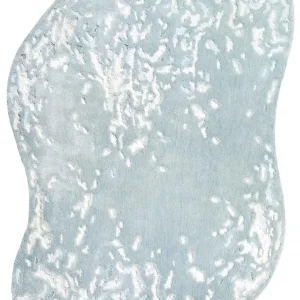Madeleine
by Pinton
PRÊT-A-PORTER
MATERIALS Linen, Viscose, Polyamide
TECHNIQUE Flat weave
SIZE 150 x 200 cm
PRICE ON REQUEST. CONTACT US.
Available on backorder
Description
linen
Linen is a plant-based natural fibre derived from flax. It is possibly one of the first fibres used by man: fragments of twisted and dyed linen fibres were found, allegedly over 30,000 years old. In France, Charlemagne developed the culture of flax, which reached its peak in the XVIIIth century with over 300,000 hectares dedicated to its culture. A quintessential natural material, flax requires neither fertiliser nor irrigation. Transforming the flax plant into linen yarn involves no chemical process. Finally, the linen fibre stands the test of time and traffic. All these qualities led PINTON to offer rugs and carpets made in this material, used on its own or in combination with others.
Linen can be used in loop weave where the continuous thread forms loops on the surface of the rug, or in pile weave where the threads on the surface of the rug are cut. It can also be woven as loop and cut which combines both techniques.
viscose
Originally viscose was a plant-based textile derived from wood cellulose. Nicknamed “artificial silk”, it was precisely created as an alternative to silk from the silkworm. Viscose was presented to the public during the 1900 universal exhibition. However, it only took off thirty years later when scientists and researchers mixed it with acetate, making it more resistant. Viscose is easy to dye and does not fade with time. Today, viscose is commonly used in dressmaking, appreciated for its silky, fluid aspect that drapes beautifully – and it is easy to maintain. At PINTON, viscose is appreciated for its soft feel and the special way it reflects the light. It combines well with other materials like linen, creating variations of textures and light, offering a contrast between rough materials and delicate fibres.
polyamide
The polyamide used in the textile industry is better known as nylon. Nylon was first developed in 1935 by employees of the Dupont de Nemours company. The origins of the name are shrouded in mystery: for some, it comes from the contraction of New-York and LONdon, for others it is made up of the initials of the surnames of the inventors’ wives. It is also said to derive from no run, meaning that it doesn’t ladder. Nylon is produced through a staged polymerisation process. The polymer is melted before being spun. Stretched into extremely thin filaments, the fibre becomes very resistant when dry. Nylon rose to fame in the United States and in Europe with nylon stockings, highly praised for their resistance, flexibility and stretchability! Last but not least, this fibre has yet another quality: it is waterproof and dries rapidly. Because of these exceptional properties, PINTON combines nylon with wool in its staircase rugs and carpets to make their pile more robust, allowing them to withstand heavy traffic while maintaining a natural, high quality, comfortable finish.
Pinton
While the history of PINTON is punctuated with fruitful collaborations and fascinating encounters, it is also marked by the wealth of talents in its midst. For over a decade, a team of 4 creatives coming from diverse backgrounds devote their time to designing rugs and carpets for the PINTON manufactory. Driven by shared curiosity, constant research and dialogue, the team is continually enriching the firm’s collections with new patterns or designs, combinations of materials and colours, as well colour variations. Capturing trends, listening to customers’ wishes, in direct connection with the company’s history and located under the same roof as the craftspeople and the workshops, at the crossroad of the creative and production processes, the PINTON team of designers are at the heart of the business.
flat weave
Flat weave rugs have no pile and very little texture. These rugs are particularly smooth, with simple and geometric patterns that fit in many interiors. Their trademark lightness makes them easy to maintain and means that they are occasionally used as drapes. Their production process also makes them particularly robust and able to withstand heavy traffic. They can be woven in different materials. In its Diffusion line, PINTON offers flat weave rugs displaying original geometric patterns, made in polypropylene in a range of colours. This material is water resistant and can withstand heavy traffic, which makes it ideal for outdoor use, for example, or in rooms like kitchens, entrance halls or bathrooms.

